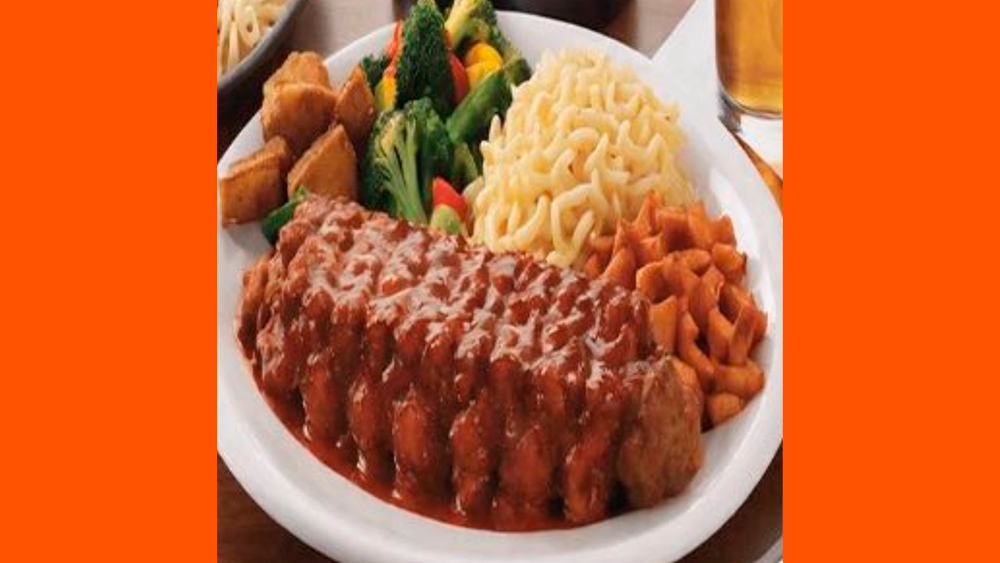
Ah, AI image generators. A year ago, we were laughing at the nightmarish visual gibberish they turn out and predicting that it would be some time before any serious brand implemented their use as a routine part of its own creatives.
As we approach the end of 2023, the output that the best AI image generators has undoubtedly improved dramatically, but not enough for them to be able to imagine what your meal delivery will look like, it seems. That's what Uber Eats users are discovering in one of the worst apparent implementations of text-to-image AI that we've seen.
Lmao pic.twitter.com/KhVgRvjiP2December 1, 2023
An X (known as Twitter) thread has gone viral after a user posted screenshots of what appears to an egregious use of AI imagery to depict menu items at restaurants listed on the Uber Eats app. There are bottles of sauce featuring the kind of nonsense text typical of AI image generators, and there some very strange pies with pasta dough crusts. Lots of pies, in fact. Because the AI doesn't understand that in New York, 'pie' often refers to pizza.
It's not yet clear if Tony's Pizzeria is the only business to have been chosen as the subject for some kind of cruel experiment by Uber Eats or if others are also affected. A lot of people have been suggesting that it's not Uber adding the images, but the restaurant itself. This was my first assumption too, but it seems not. When @realonlineboy, who made the initial post, phoned the bricks-and-mortar pizzeria to ask if they had chosen to use AI images (see the video shared on Twitter below) they seemed to be a surprised as everyone else and said they were trying to get the images removed.
Told you guys pic.twitter.com/nN6iexMyUIDecember 1, 2023
AI imagery may have its uses, but there are several things wrong with Uber's approach. First, there's the obviously terrible quality and realism of the images, which does nothing to sell the products being offered. But even if this is just a test run and Uber is hoping to improve it, the whole concept is wrong. If there's a place of AI product imagery, a food delivery app is clearly not it.
Even real product photography for food is often criticised for being misleading, making hamburgers look bigger, salads fresher and portions more generous than they are. Here, text-to-image AI is being used present entirely fictional visual representations of the product being sold, which may look not even remotely like the restaurant's product.
even when the word "pizza" is involved they still manage to generate something grotesqueDecember 3, 2023
Classic Italian onigiriNovember 30, 2023
Was this supposed to be arancini? pic.twitter.com/gjmrqImh0kDecember 1, 2023
It will be interesting to see what the legal implications are, both for customers and businesses. In this case, the imagery seems to be making the product look worse rather than better, which could damage the restaurant's business. Meanwhile restaurants could face a wave of complaints from customers.
Unlike Uber Eats, I know what a pizza looks like. I don't need a metaphysical image from the Platonic Realm of Forms to remind me. If an image is provided, I expected it to be of the actual dish I'm going to receive. If I order a Hawaiian Pie from Tony's and it doesn't come with hibiscus leaves on top, I'm sending it back.
Looking to learn more about AI art for implementations where it might actually work? Check out our round up of AI art tutorials.







